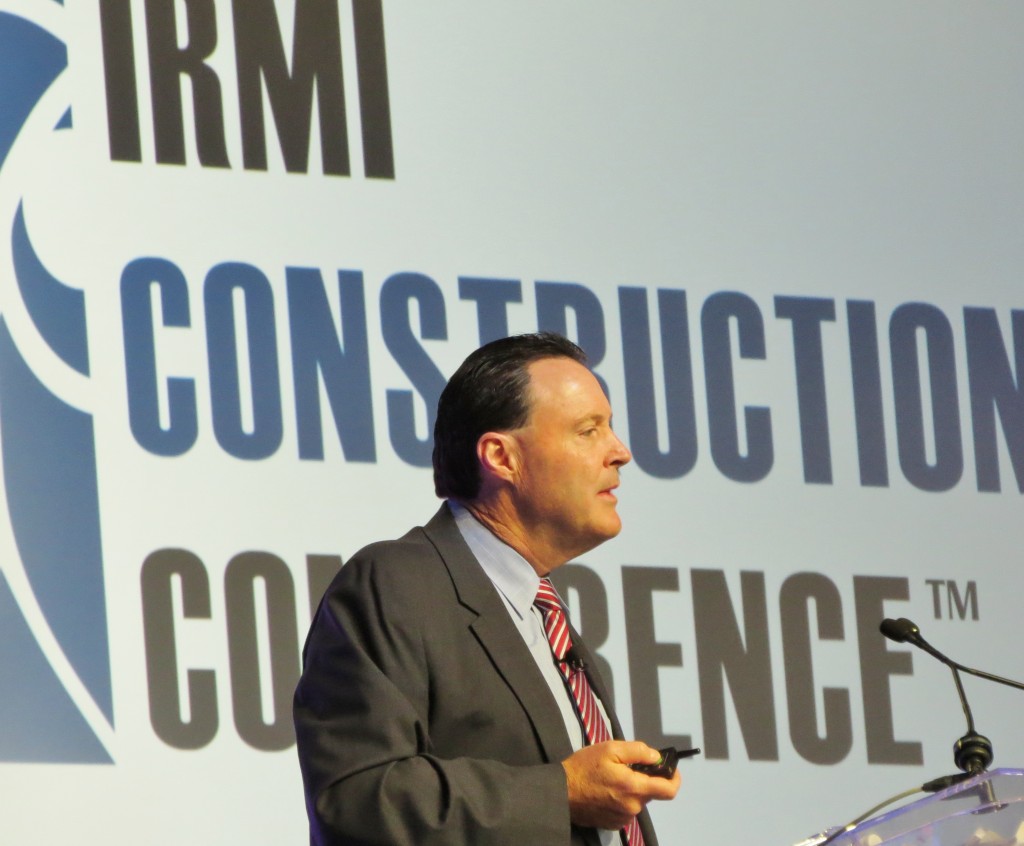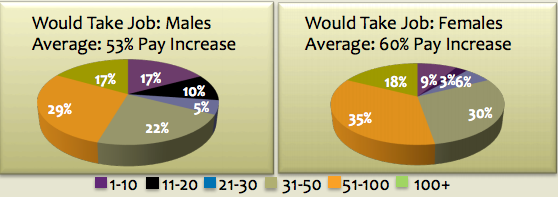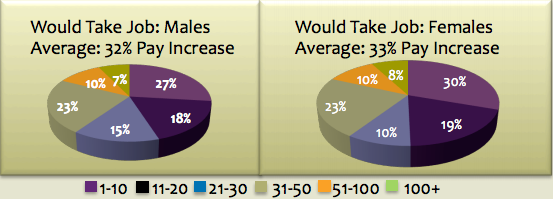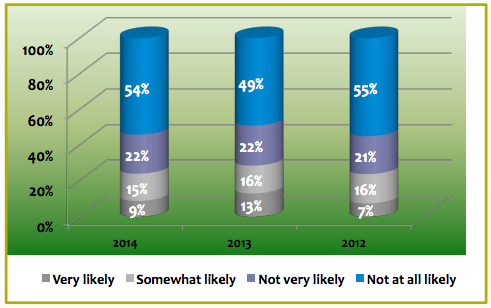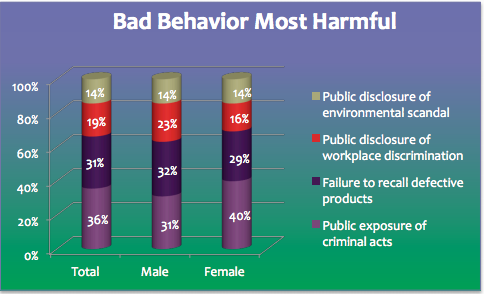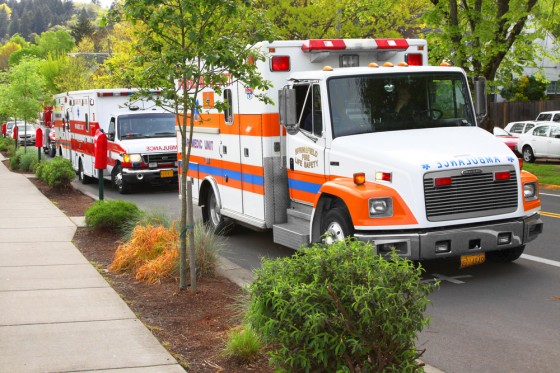 NASHVILLE—While a number of issues face the booming construction industry, one concern that has been discussed throughout the IRMI Construction Risk Conference here is the shortage of skilled workers. Projects are larger than ever, with technology and the global supply chain only adding to their complexity, making it even more difficult to find talent.
NASHVILLE—While a number of issues face the booming construction industry, one concern that has been discussed throughout the IRMI Construction Risk Conference here is the shortage of skilled workers. Projects are larger than ever, with technology and the global supply chain only adding to their complexity, making it even more difficult to find talent.
“The construction industry is absolutely in a war for talent,” said keynote speaker Dominic Casserley, chief executive officer of Willis Group Holdings. He cited a 2013 Willis survey that found 93% of respondents listed a “lack of skilled workers” as their biggest concern. He noted that many workers who left the construction industry during the financial crisis have since gained new skills in other areas and are not coming back.
An example, he said, is in his home, the United Kingdom, which decided in the last two years to return to building nuclear power stations. They had not done this for a number of decades and “quickly found that there were no engineers left. There was nobody capable of building a nuclear power station in the United Kingdom, so our new power station is being built by our great friends, the French. That’s what happens if you lose talent in an area of construction.”
Organizations are putting programs in place in the emerging markets to train talented resources “close to where the action is,” he said. Going forward, however, “We don’t see this challenge getting any easier.
buy premarin generic premarin without prescription online
” Looking at millennials as a potential workforce, which represent 27% of the U.
buy doxycycline generic doxycycline without prescription online
S. population, “you will see that they have some pretty interesting attitudes about work.”
Casserley noted that of millennials:
● four out of five feel they need to be recognized for their work and want regular feedback
● 72% would like to be their own boss
● 79% would like to have their boss serve as a coach or mentor
● 88% prefer a collaborative to a competitive work culture
● 88% want to integrate work and home life
● 74% want flexible work schedules
Asked how firms can bring millennials into their workforce and be flexible while still getting the job done, he said he views this as an opportunity for companies. “I think this is a very talented, aspirational, exciting generation.
They are highly tech-savvy and have grown up in a global world.”
What employers will need to do, he said, is to “get their minds around how to harness that asset.” An interesting aspect about millennials, he noted, is their belief in having social value in what they do. “I can tell you, that for the generation entering the workforce today, that really matters. They want to work for a firm that means something to them so they can go home and feel proud of what they do.
”
While all generations may feel this way, millennials are expressing it more openly. “And until you can get your mind around describing what [your industry] does and why it is important to the way the world goes around, I think we will struggle to attract and attain people, particularly that generation,” Casserley said, adding that if members of the industry don’t do this, “you are going to constantly lose people.”
Jack Gibson, president and CEO of the International Risk Management Institute (IRMI), agreed, noting that the construction industry is often viewed as a workplace where people are injured and the insurance industry is seen as a life insurance sales force. “Both industries do so much good, but we have not done a very good job of delivering that message,” he said. Gibson encouraged contractors to get involved in mentoring programs as well as the Insurance Industry Charitable Foundation (IICF), which has contributed more than million in local community grants and more than 155,000 hours of volunteer service.

